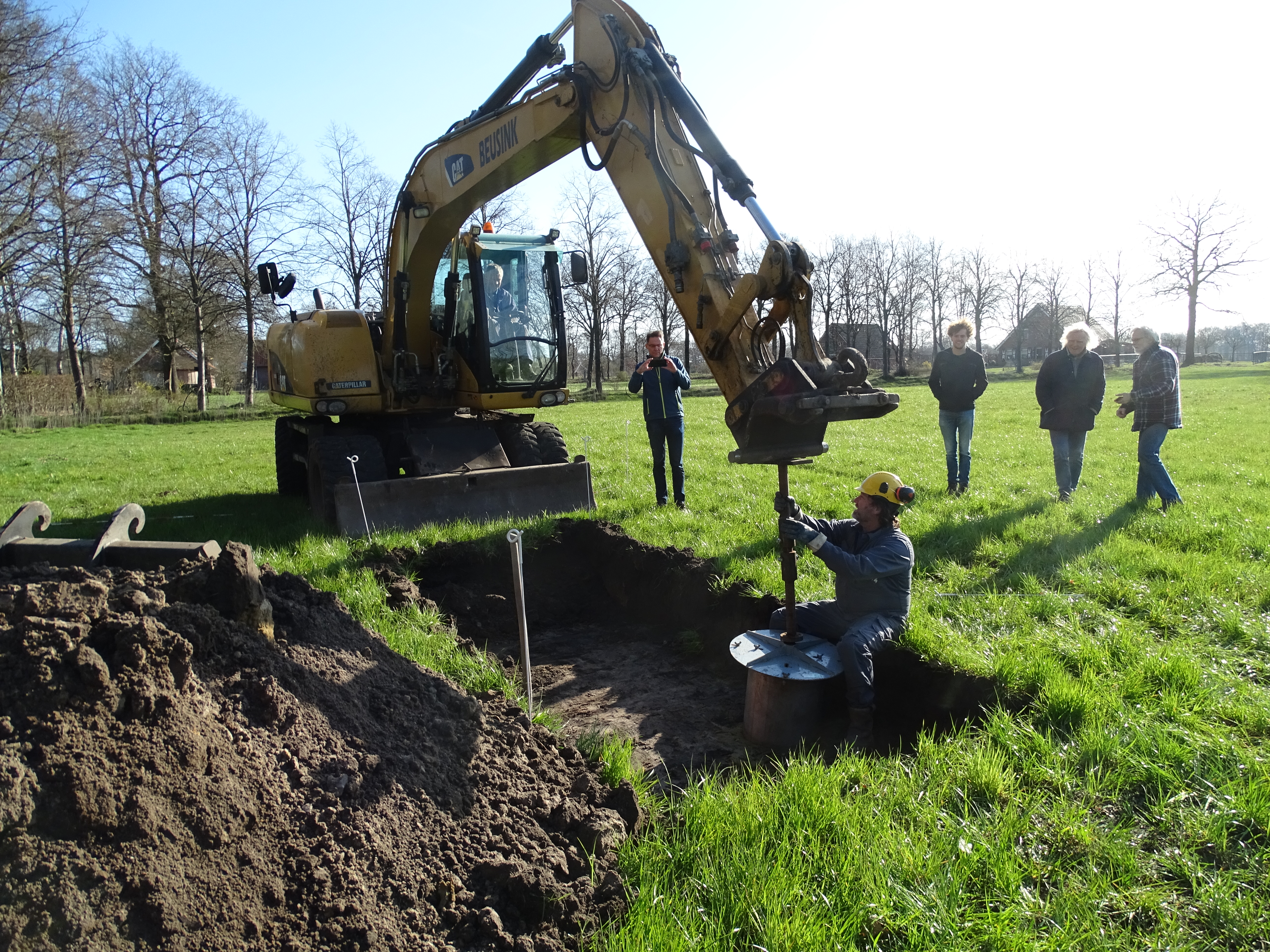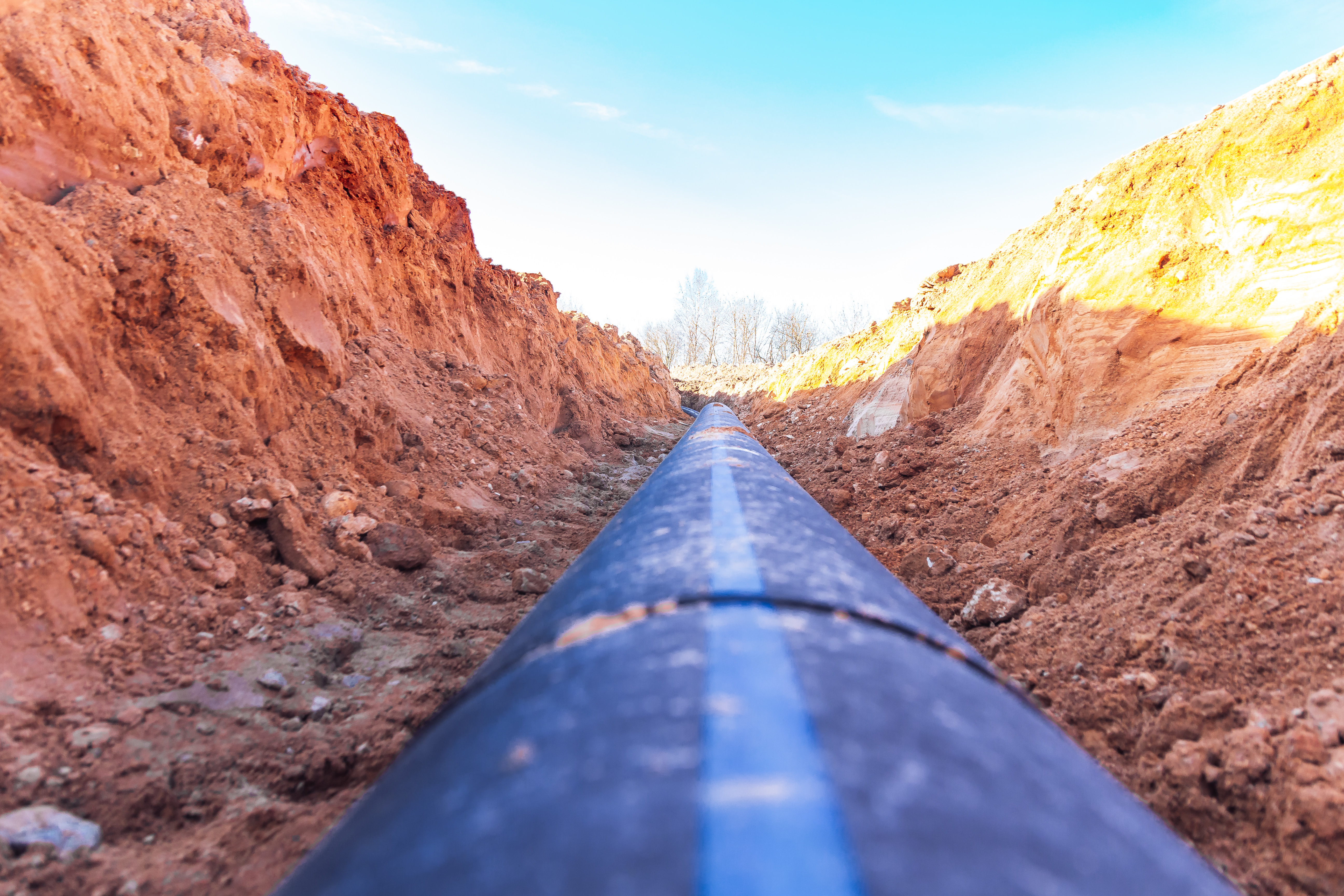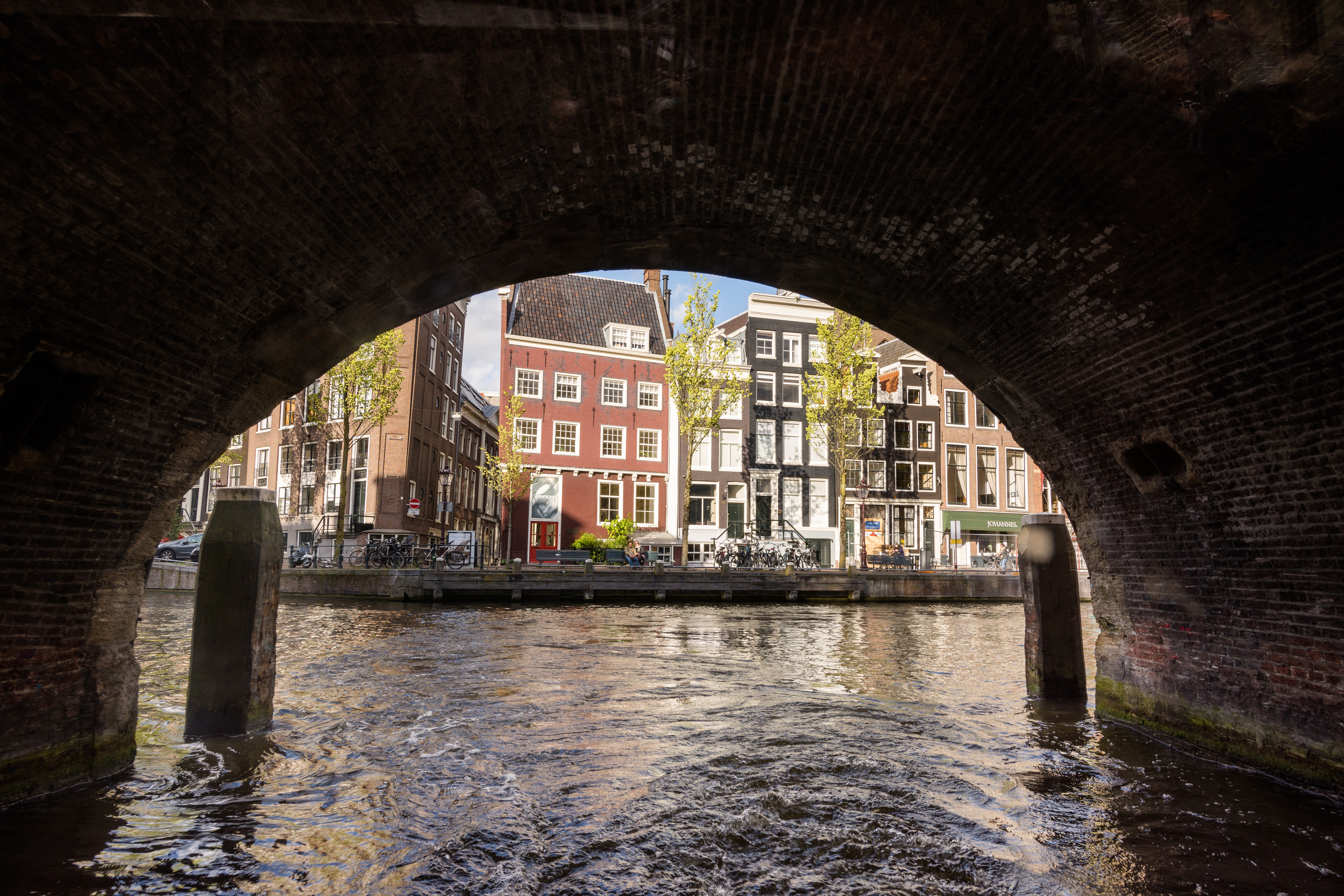Preventing water and subsurface related damage in the built environment
Societal challenges put pressure on already densely populated areas and on available space. Facing these challenges decision makers look for the boundaries of what is safe and acceptable. At times these boundaries are crossed, leading to hindrance, damage or even irreversible loss for inhabitants, properties and our ecosystem. Governments need to act on this to prevent this and to preserve the acceptance of the public while carrying out these challenges.
Understanding risks
In 2021 Deltares has been working on the diagnosis of several impactful cases which have the above-mentioned aspects in them. One of those cases are the construction works to the Almelo - De Haandrik canal which resulted in damage reports by owners of more than 400 neighboring properties. Commissioned by the province of Overijssel, Deltares carried out a study into the cause of these damages. Also Rijkswaterstaat experienced groundwater related damages in the past. The projects ‘GroundwaterRiskToolbox’ and ‘Measuring groundwaterflows’ focus on better hydrogeological knowledge to avoid unexpected events. These projects are part of a larger knowledge agenda which represents the increased attention from Rijkswaterstaat for groundwater related risks.
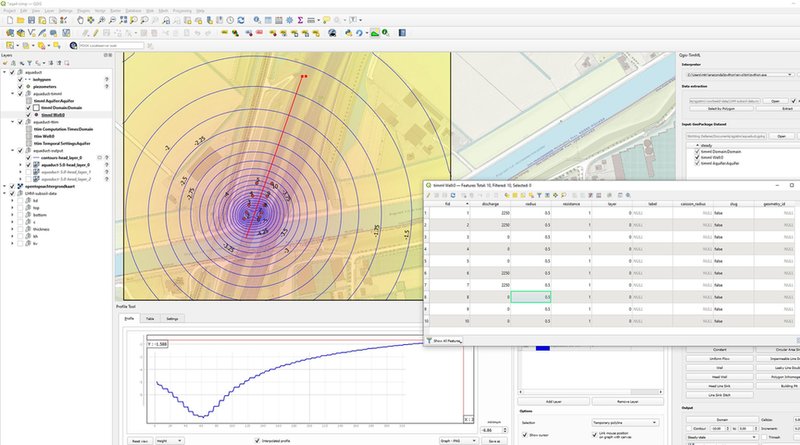
Groundwater risk toolbox
Managing quay walls in historic city centres
In September 2020 a quay wall next to a building, both dated 1870, collapsed along the Grimburgwal in Amsterdam. Deltares contributed to a forensic investigation to determine the factors that contributed to the collapse. The investigation aimed to learn from this event and to prevent similar failures. Meanwhile Deltares developed probabilistic assessments to better deal with uncertainties for historic quay walls. Our methods have been used by the municipality of Amsterdam to reduce risks, to prioritize replacements and to extend asset lifetime.
Safe underground construction
Together with many partners from industry Deltares works on underground construction of electricity cables and heat pipes. These pipelines are often installed at hazardous locations in cities and in the vicinity of other infrastructure. This requests for accurate trenchless techniques. Deltares develops and validates these techniques. For various locations we support private companies and engineering firms in design studies.
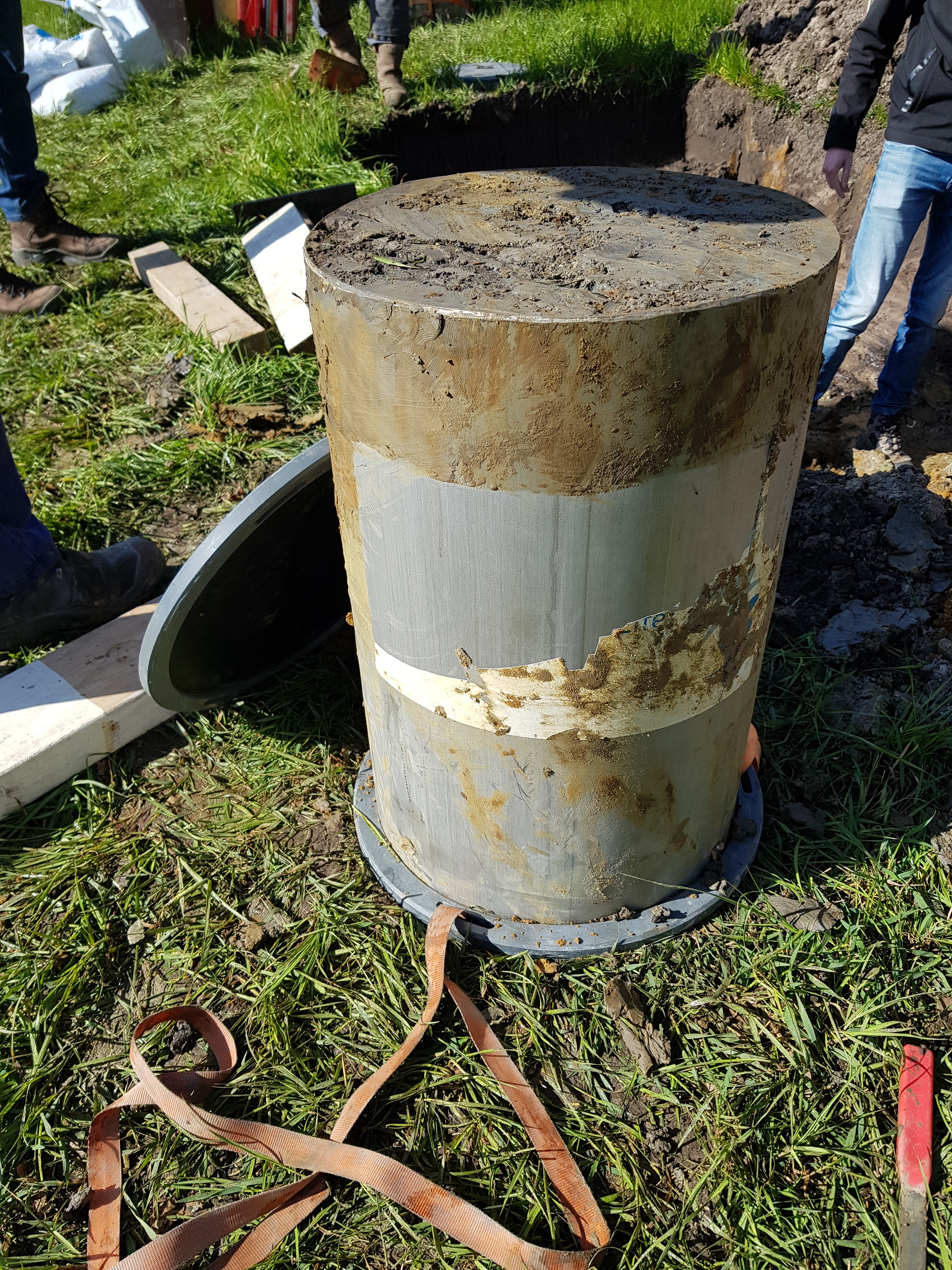
Drought causes damage to buildings
In recent years, as a result of drought related subsidence the number of damage reports from houseowners increased and is expected to further evolve. The Climate Impact Atlas provides information on climate change and consequences for foundation piles and buildings on shallow foundations. Results are being used in stress tests that governments carry out every 6 years. After recent drought periods damages seem to appear more often in buildings founded on clay layers. Therefore in 2021 Deltares performed research into shrinkage and swelling of these clay soils. Shrink-swelling properties are being examined in our laboratory. Results are to be used in a nationwide approach on damaged foundations in the Netherlands.
Listen to our podcast about the research for the City of Amsterdam and the challenge of renewing its historic quay wall infrastructure.

View SDGs
View Dutch missions
View Sendai Framework
More information
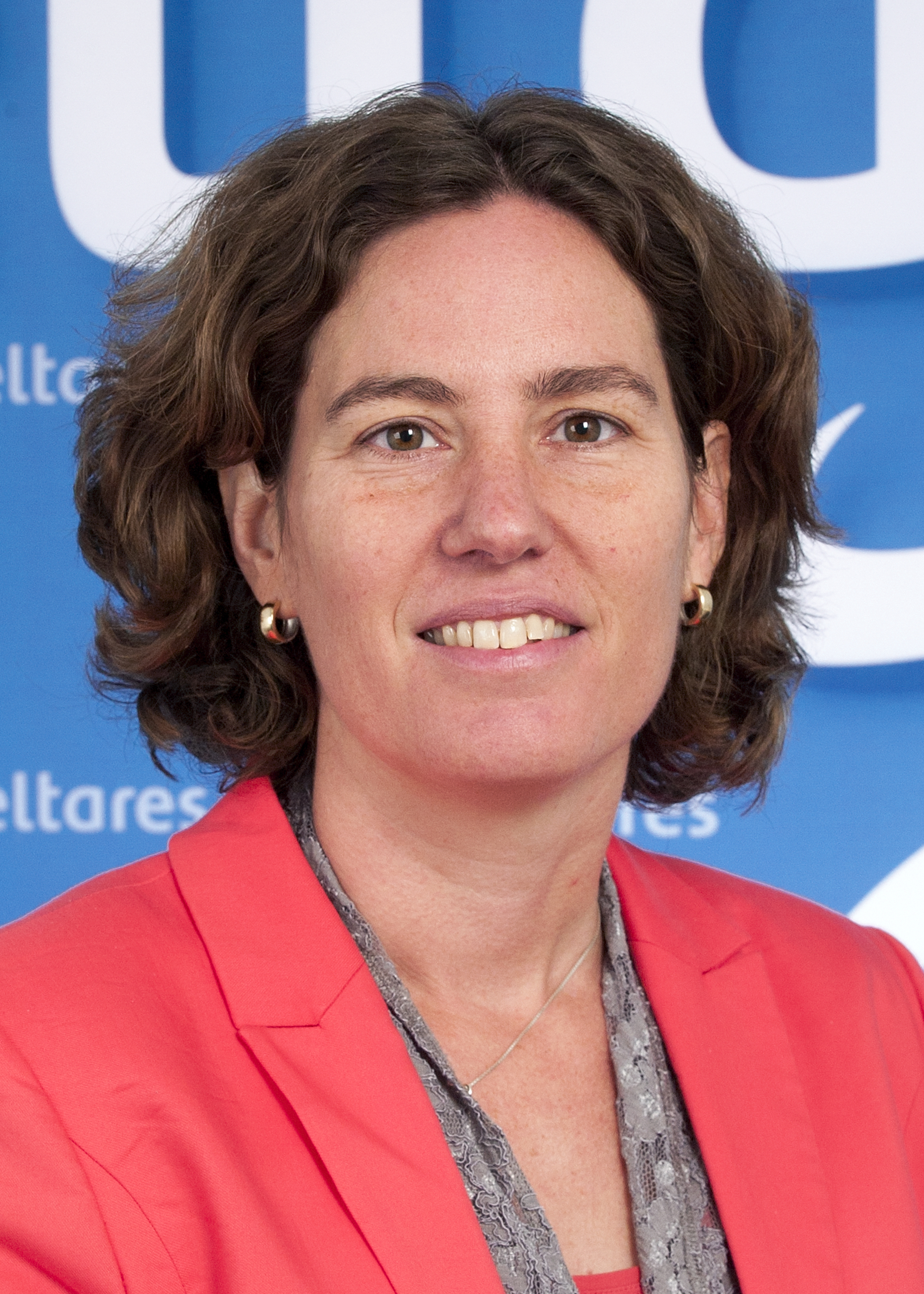
Mandy Korff
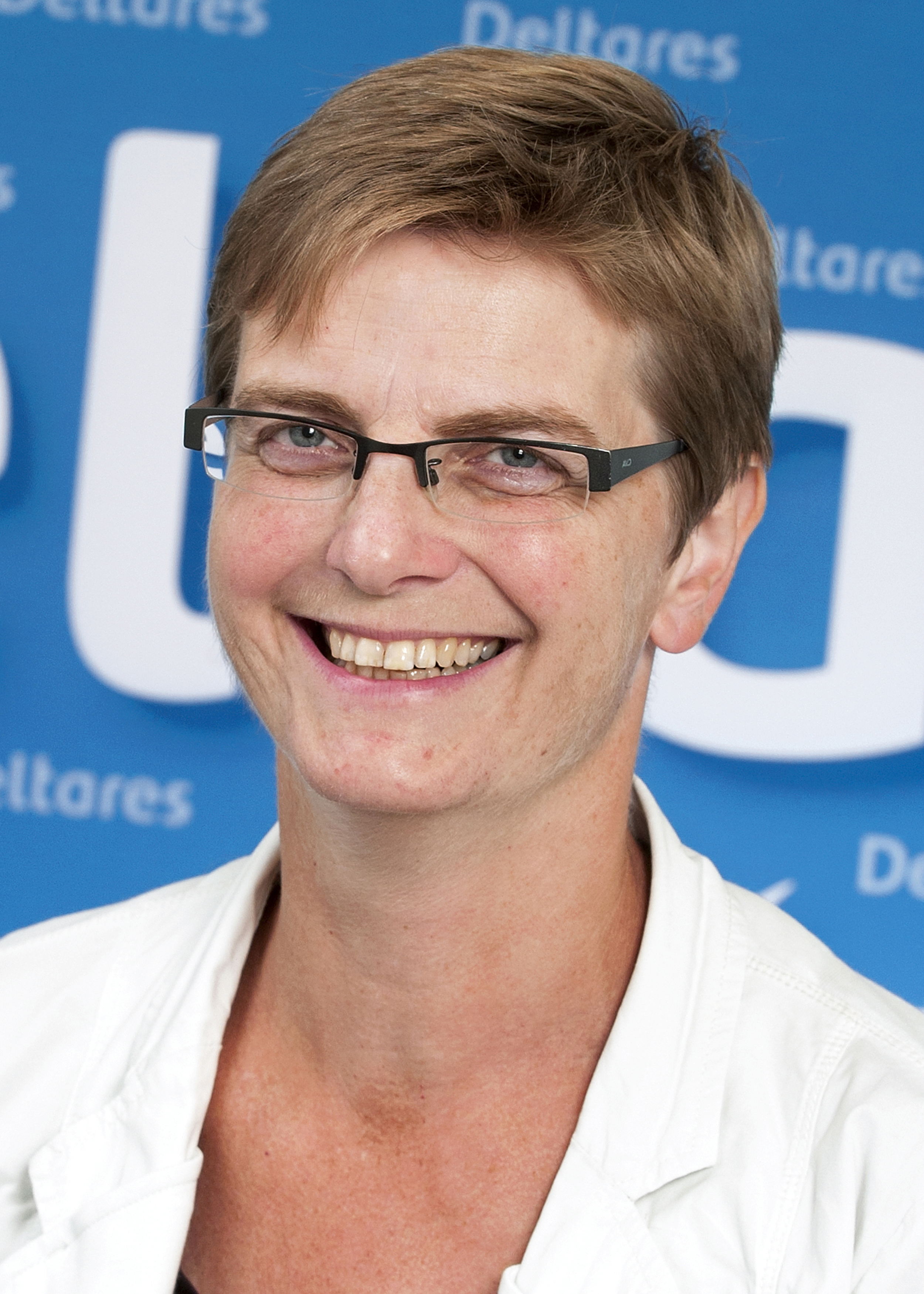
Annemargreet de Leeuw
